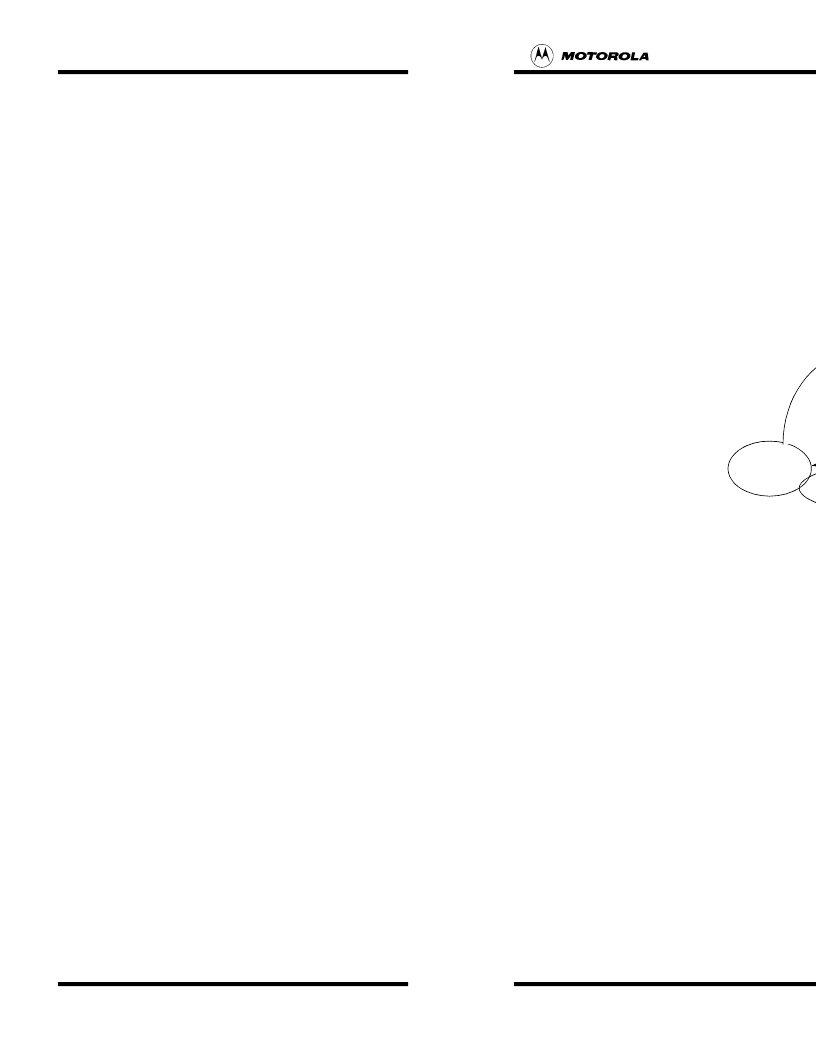- 您現(xiàn)在的位置:買賣IC網(wǎng) > PDF目錄368103 > PPSMMANUAL PPSMMANUAL PDF資料下載
參數(shù)資料
| 型號: | PPSMMANUAL |
| 英文描述: | PPSMMANUAL |
| 中文描述: | PPSMMANUAL |
| 文件頁數(shù): | 17/187頁 |
| 文件大?。?/td> | 1616K |
| 代理商: | PPSMMANUAL |
第1頁第2頁第3頁第4頁第5頁第6頁第7頁第8頁第9頁第10頁第11頁第12頁第13頁第14頁第15頁第16頁當前第17頁第18頁第19頁第20頁第21頁第22頁第23頁第24頁第25頁第26頁第27頁第28頁第29頁第30頁第31頁第32頁第33頁第34頁第35頁第36頁第37頁第38頁第39頁第40頁第41頁第42頁第43頁第44頁第45頁第46頁第47頁第48頁第49頁第50頁第51頁第52頁第53頁第54頁第55頁第56頁第57頁第58頁第59頁第60頁第61頁第62頁第63頁第64頁第65頁第66頁第67頁第68頁第69頁第70頁第71頁第72頁第73頁第74頁第75頁第76頁第77頁第78頁第79頁第80頁第81頁第82頁第83頁第84頁第85頁第86頁第87頁第88頁第89頁第90頁第91頁第92頁第93頁第94頁第95頁第96頁第97頁第98頁第99頁第100頁第101頁第102頁第103頁第104頁第105頁第106頁第107頁第108頁第109頁第110頁第111頁第112頁第113頁第114頁第115頁第116頁第117頁第118頁第119頁第120頁第121頁第122頁第123頁第124頁第125頁第126頁第127頁第128頁第129頁第130頁第131頁第132頁第133頁第134頁第135頁第136頁第137頁第138頁第139頁第140頁第141頁第142頁第143頁第144頁第145頁第146頁第147頁第148頁第149頁第150頁第151頁第152頁第153頁第154頁第155頁第156頁第157頁第158頁第159頁第160頁第161頁第162頁第163頁第164頁第165頁第166頁第167頁第168頁第169頁第170頁第171頁第172頁第173頁第174頁第175頁第176頁第177頁第178頁第179頁第180頁第181頁第182頁第183頁第184頁第185頁第186頁第187頁

3-2
PPSM PPSM Programming
Programmer’s Manual
handler assignment. It must be called before any other PPSM tool. As an optioterminated, the sub-task will be swapped out or terminated too. Sub-task inherits
can also perform the pen to screen calibration. This should only be done oncthe input pad and panning screen properties from the parent task at creation.
system start-up.
3.1.2
Task Registration
An application is treated as a task in PPSM. After PPSM is initialized, each
application task on the system must be registered with PPSM before the
application can make use of the PPSM tools.
When integrating the individual applications onto the system, the system
integrator must first call one of the task creation tools for each application. There
are two types of tasks, main task or sub task (refer to Section 13.1 - Main Task
and Section 13.2 - Sub-task). This registration of tasks ensures that the run time
memory and stack required for each application are allocated within PPSM’s
memory system.
Associated with each main application task is an optional application launch icon.
This launch icon’s position on the touch panel can be specified in the task creation
tool. The application is put to the foreground whenever this application icon is
selected by the pen input device.
When writing an application task, the developer can treat each task as a stand
alone procedure as PPSM resources are individually allocated. This
implementation of tasks allow a number of applications to be written
independently and linked together at the end to form a single system.
For details of the task creation tools, please refer to
Section 13.7 - Creating a
Task
,
Section 13.8 - Creating a Task with Specific Task Parameters
and
Section
13.9 - Creating a Sub Task
.
After all applications have been registered, the first application task can be started
by calling the tool TaskStart(). This tool never returns and other applications within
the system will be started when the corresponding application launch icon is
pressed.
3.2
PPSM Application Programming
This section describes the general flow for most applications operating under during active state execution. The interrupt service routine, running in supervisor
PPSM environment. The typical flow for most PPSM applications is shown in
Figure 3-2
. After the application initializes itself and registers icons and draw
areas with PPSM, it would continuously call IrptGetData() to check for incoming
events. When an event occurs, the application would process the event and tThe suspended task will return to active state if no other application is selected,
loop back to IrptGetData() to wait for more events.
Personal Portable System Manager
Programmer’s Manual
2-7
2.8.2
Application State Transition
Application tasks have three states.
application.
shows the three states of an
Active
Suspended
Stopped
This is the state when an application is actively being accessed by the user. All
hardware resources are available to an active task.
2.8.2.2 Suspended State
An application task is put into suspended state when the kernel is interrupted
mode, will become the active task. During the active-to-suspended transition, only
the registers that are used by the interrupt handler are saved.
otherwise it will be put into stopped state.
2.8.2.3 Stopped State
An application changes from suspended state to stopped state when another
application is selected. In this execution state, all registers and application display
bitmap image are stored by the kernel.
A task will exit from the stopped state to active state when the application is re-
Figure 2-4 Application State Transitions
Active
Suspended
Stopped
Interrupt
Application Selected
Interrupt
Return
from
Return
from Interrupt
F
Freescale Semiconductor, Inc.
For More Information On This Product,
Go to: www.freescale.com
n
.
相關(guān)PDF資料 |
PDF描述 |
|---|---|
| PPT005-1G-WW-2V-FE | DRUCKWANDLER |
| PPT020-1A-WF-2V-FE | DRUCKWANDLER |
| PPT100-1A-WN-2V-FE | DRUCKWANDLER |
| PPT100-1G-WN-2V-FE | DRUCKWANDLER |
| PPT500-1G-WN-2V-FE | DRUCKWANDLER |
相關(guān)代理商/技術(shù)參數(shù) |
參數(shù)描述 |
|---|---|
| PPSN815 | 制造商:Pyle 功能描述:10 ft Eight Channel RCA Phono Snake Cable |
| PPST2 | 制造商:Amphenol Audio 功能描述: |
| PP-ST-50MM | 制造商:Black Box Corporation 功能描述:PRE-POLISHED ST CON 50 MIC MM BLACK 12PAK |
| PP-ST-SM | 制造商:Black Box Corporation 功能描述:PRE-POLISHED ST CON SM BLUE 12PAK |
| PPST-SP | 制造商:Duratool 功能描述:Self Tapping Screw Kit-Panhead (Size 6-10) |
發(fā)布緊急采購,3分鐘左右您將得到回復(fù)。